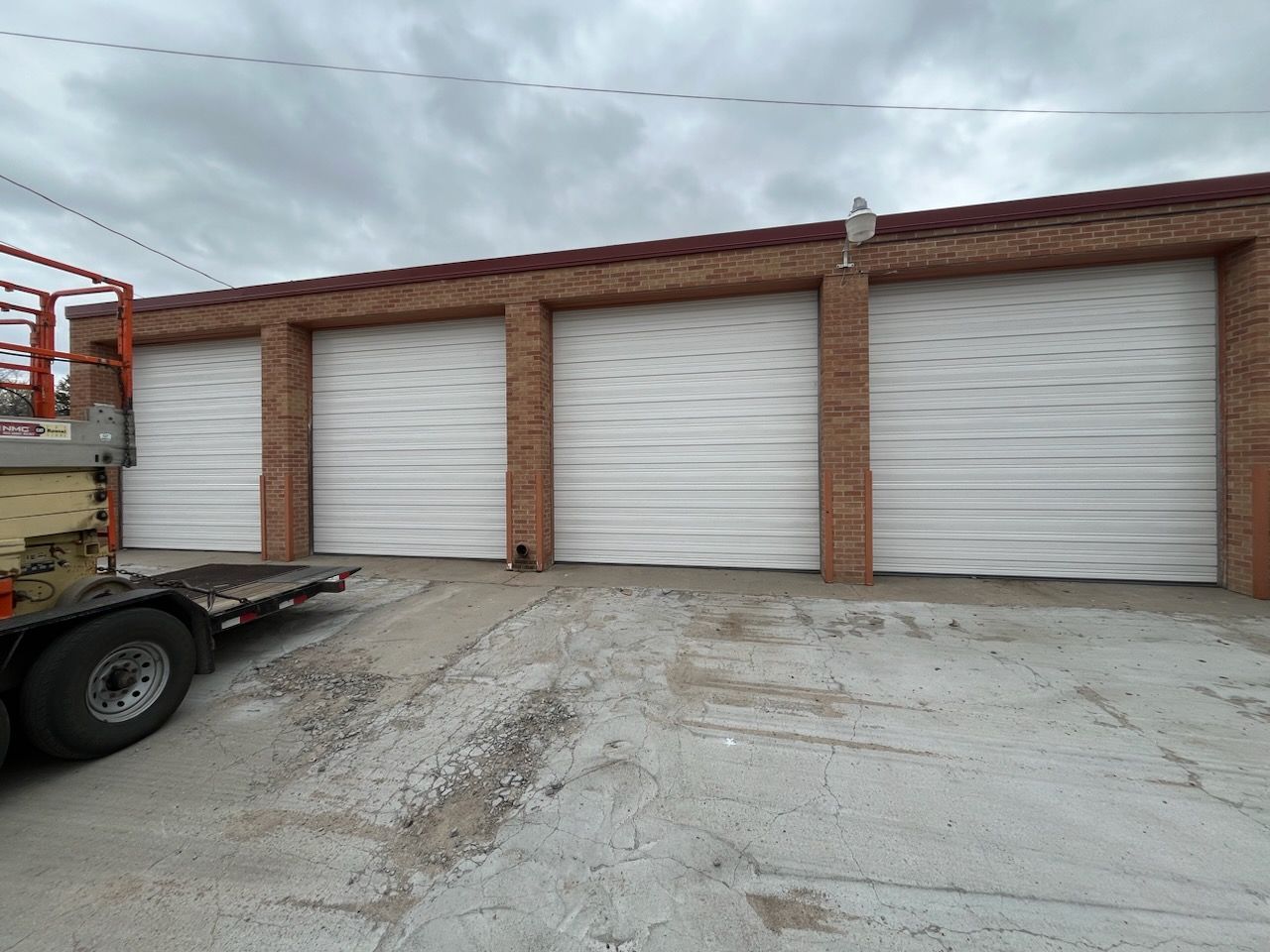Overhead doors have come a long way since their inception. From early manual designs to today's smart technology, the evolution of these essential components has been nothing short of remarkable. Let’s take a journey through time and see how overhead doors have evolved to meet the needs of modern living.
The Origin of Overhead Doors
The earliest overhead doors were basic and manually operated. Designed to provide basic security, these doors often required significant effort to open and close. While functional, they lacked the ease of use and modern features we enjoy today.
The Rise of Automated Overhead Doors
The mid-20th century saw a major breakthrough: automated garage doors. The integration of motorized systems allowed users to operate doors effortlessly, revolutionizing accessibility. Automated systems quickly became a standard feature in residential and commercial garages.
The Era of Smart Garage Doors
The digital age has ushered in the era of smart overhead doors. These advanced systems offer connectivity, allowing users to manage access via smartphone apps or voice-activated devices like Alexa or Google Assistant. Smart garage doors provide features such as real-time status updates, remote access, and integration with home automation systems.
Why Choose Smart Garage Doors?
Smart garage doors offer numerous advantages:
- Enhanced Security: Monitor and control your door remotely to ensure it’s always closed and secure.
- Convenience: Operate your garage door from anywhere in the world, perfect for deliveries or guest access.
- Energy Efficiency: Many systems provide insights into usage patterns to help reduce energy consumption.
- Integration: Seamlessly connect with other smart home devices for a fully connected experience.
What’s Next for Overhead Doors?
The future of overhead doors promises even more exciting advancements. Artificial intelligence integration, biometric access, and improved energy efficiency are just a few of the trends on the horizon. As technology continues to evolve, overhead doors will play an even greater role in shaping modern living and convenience.
